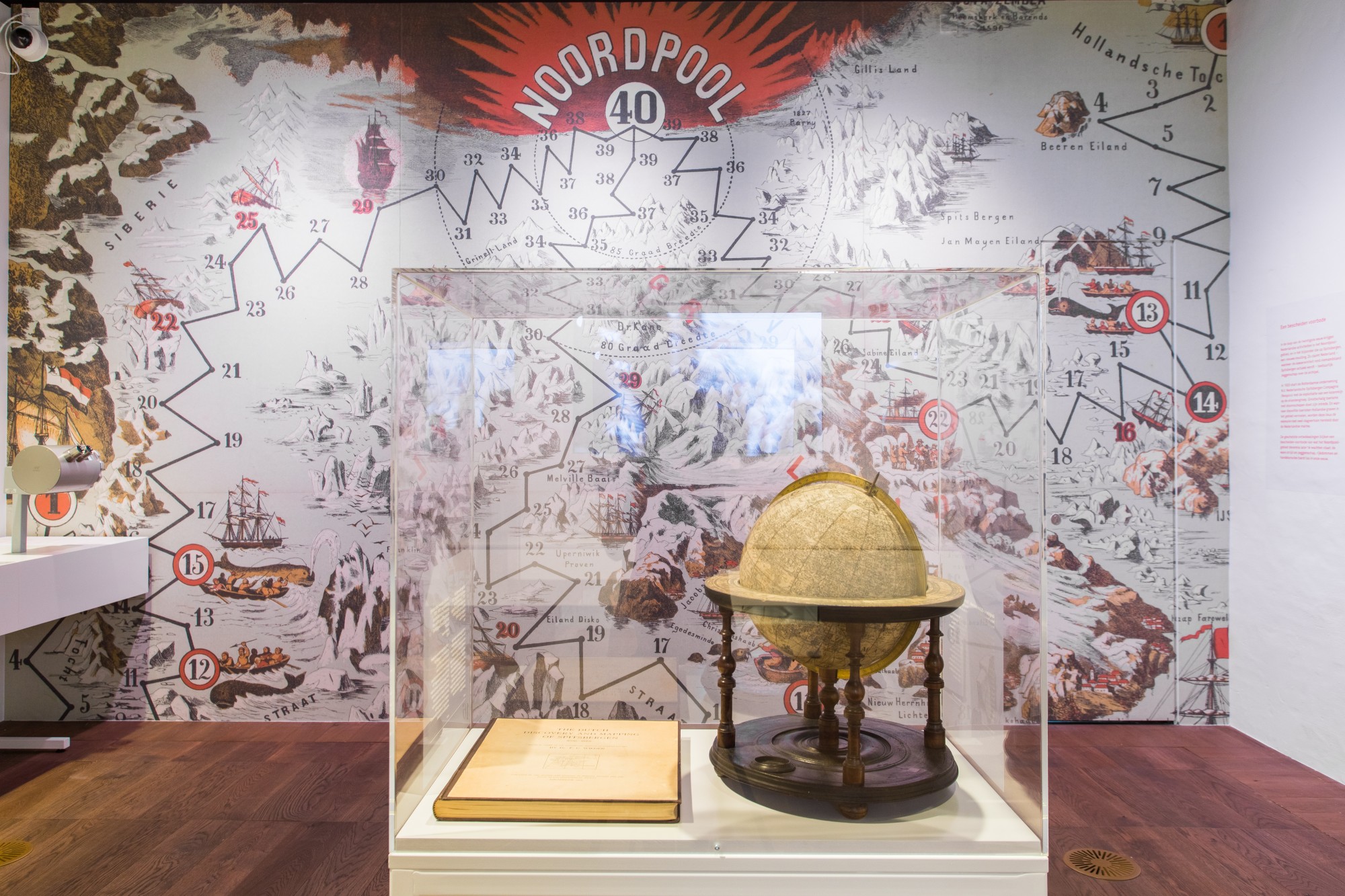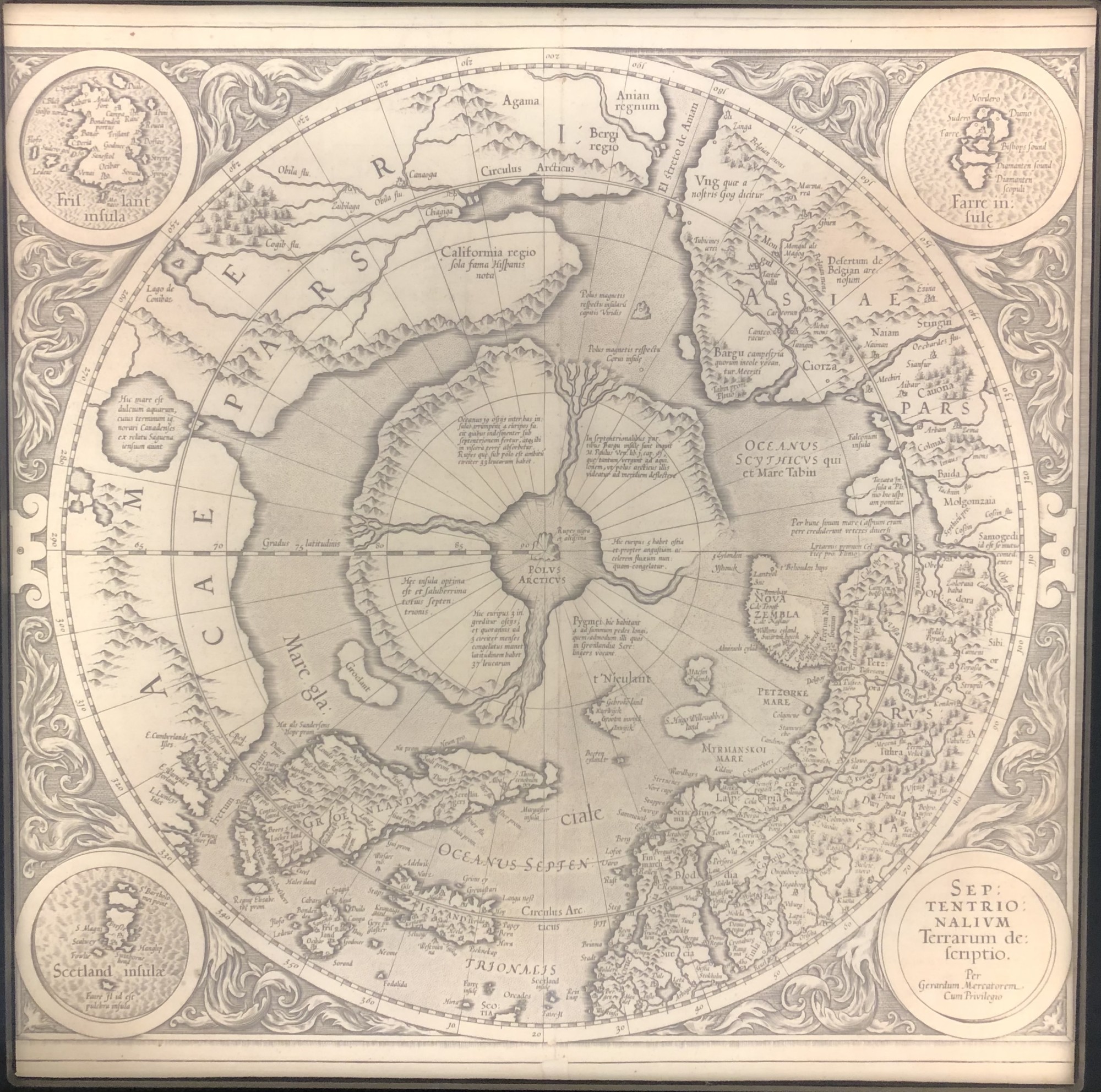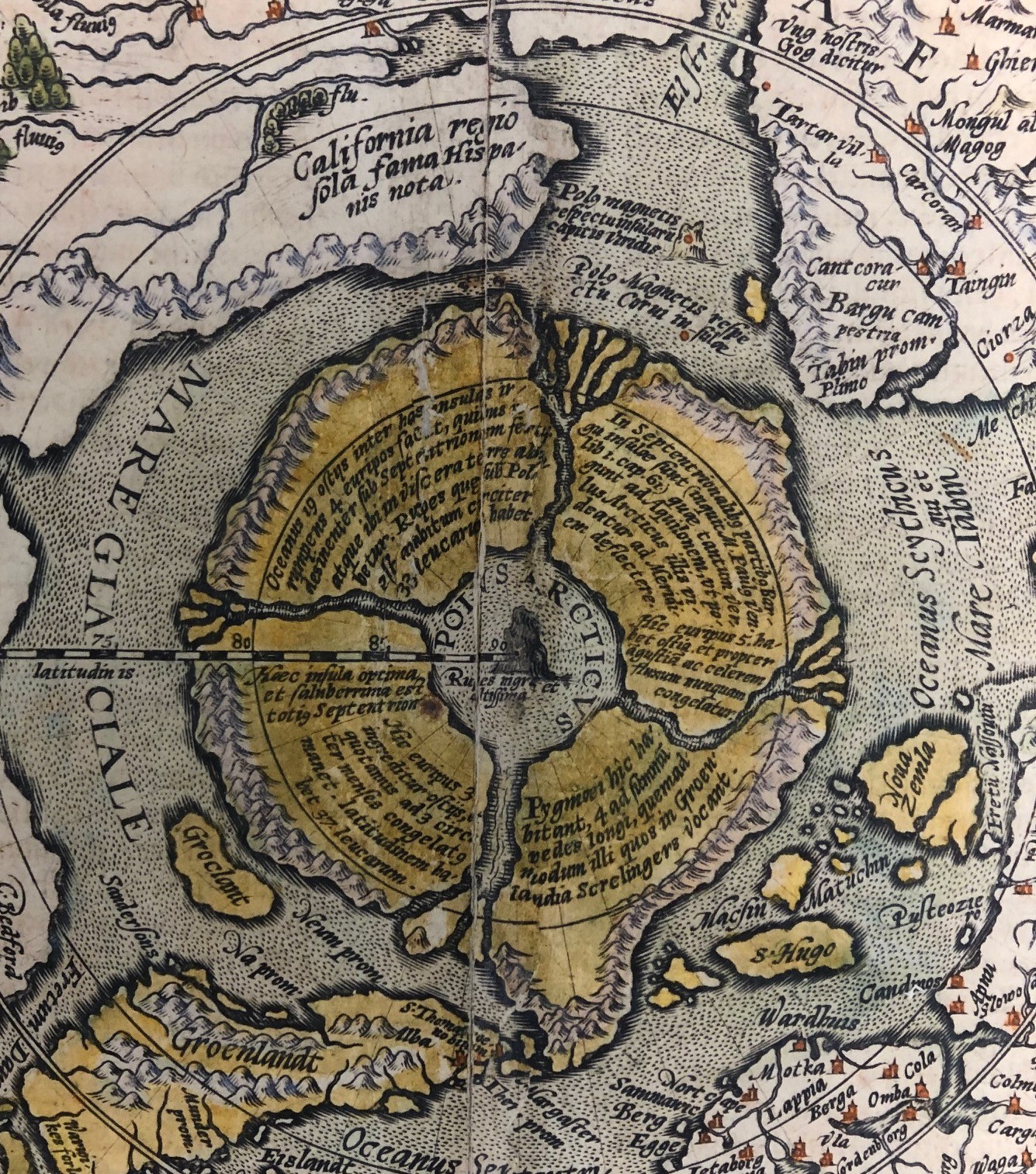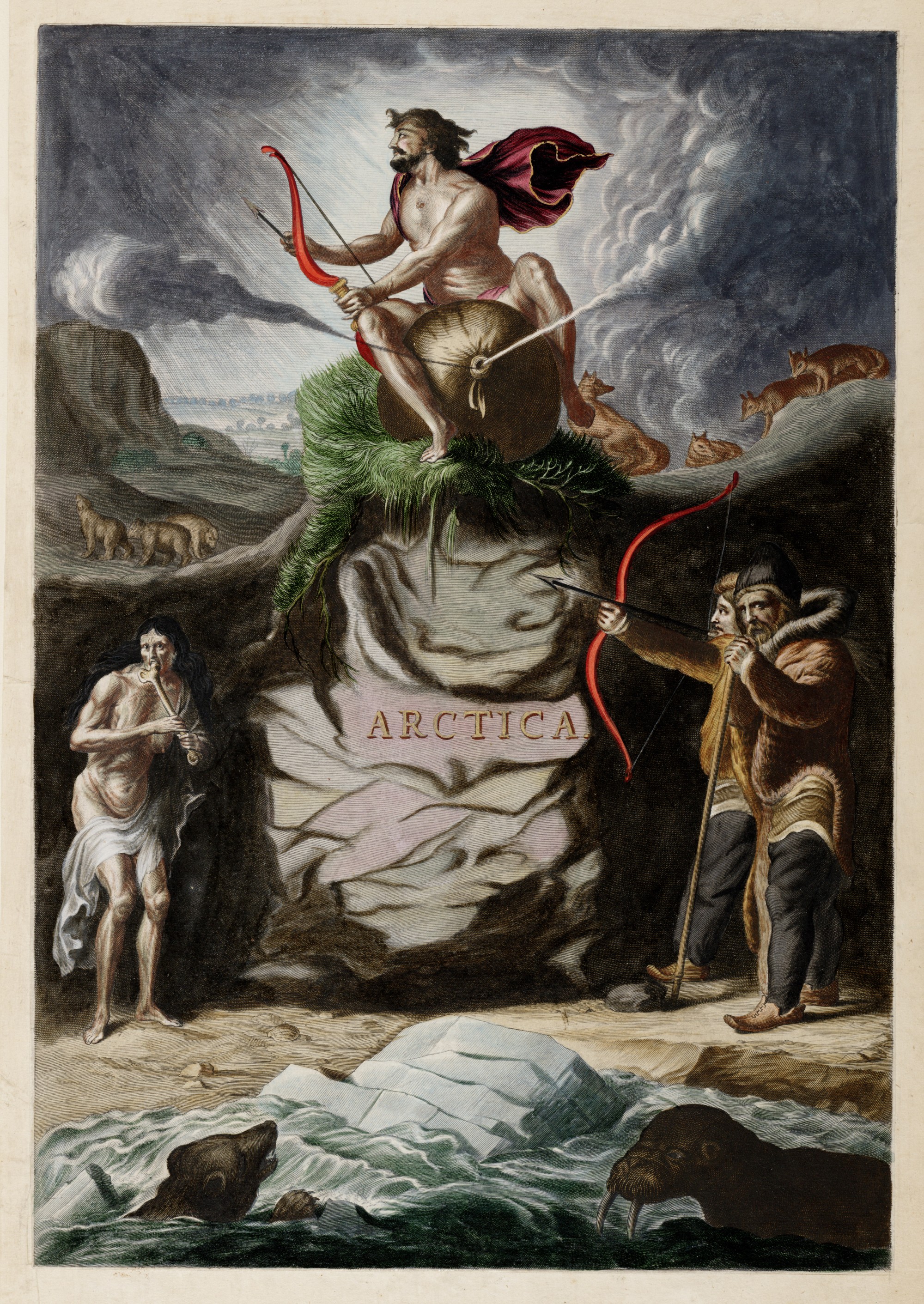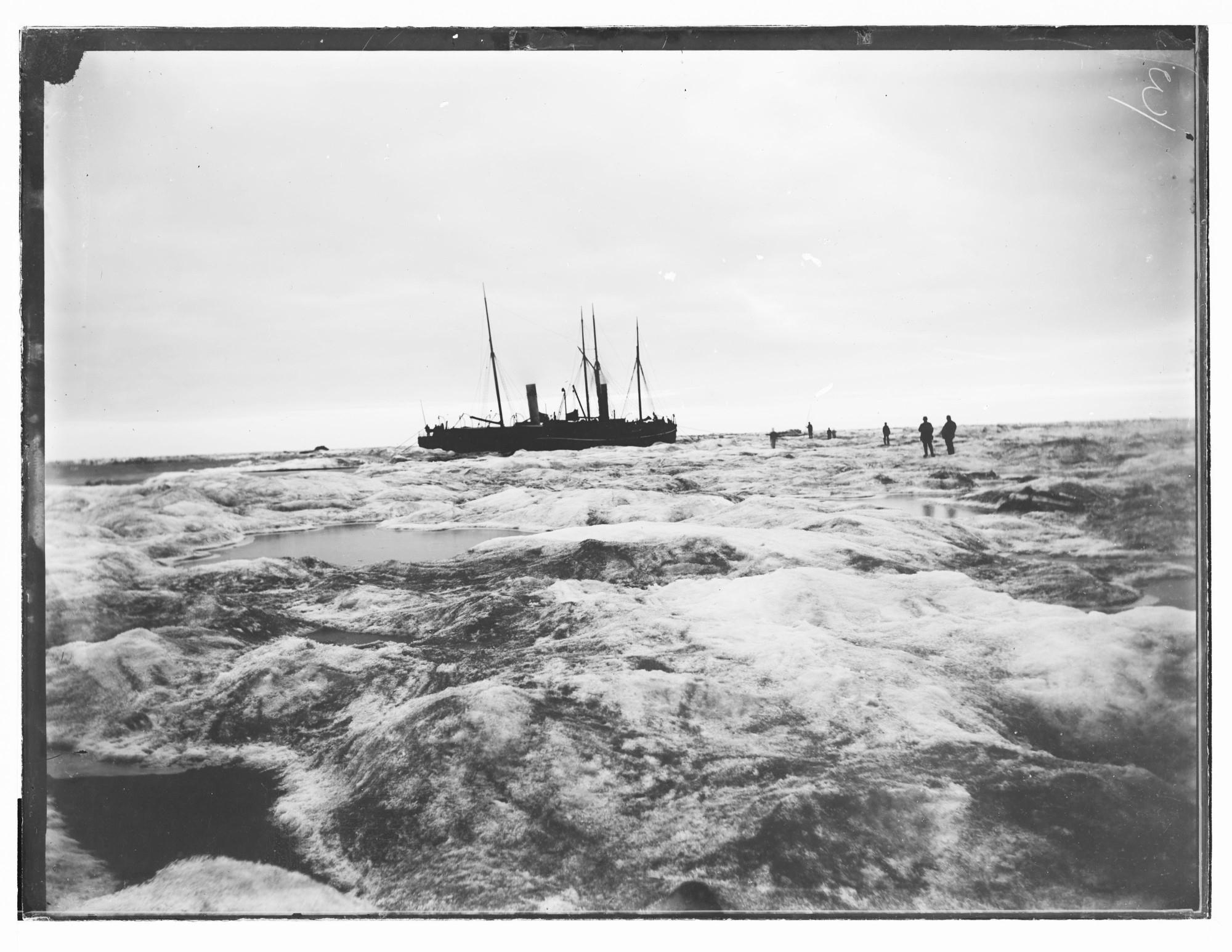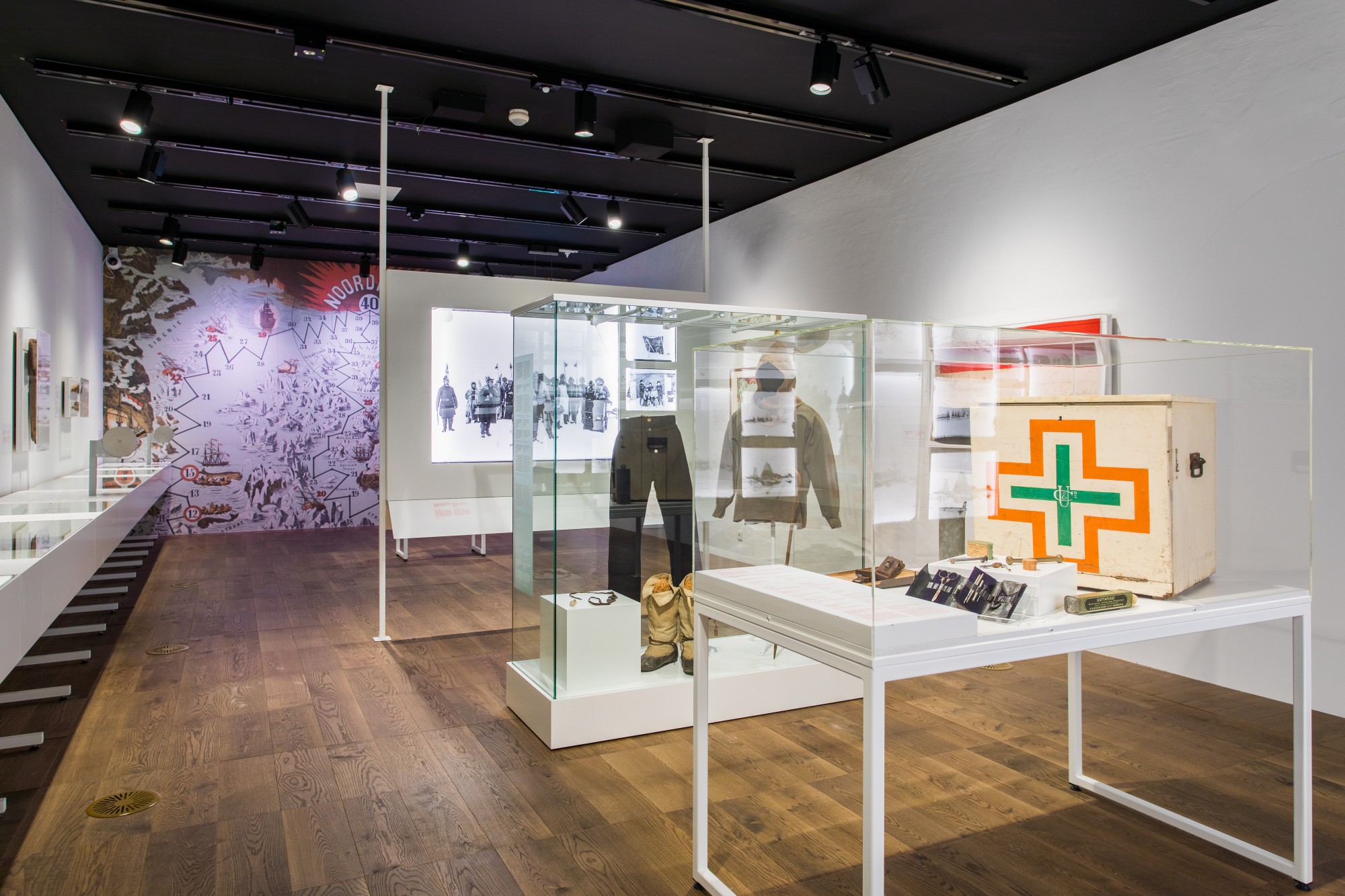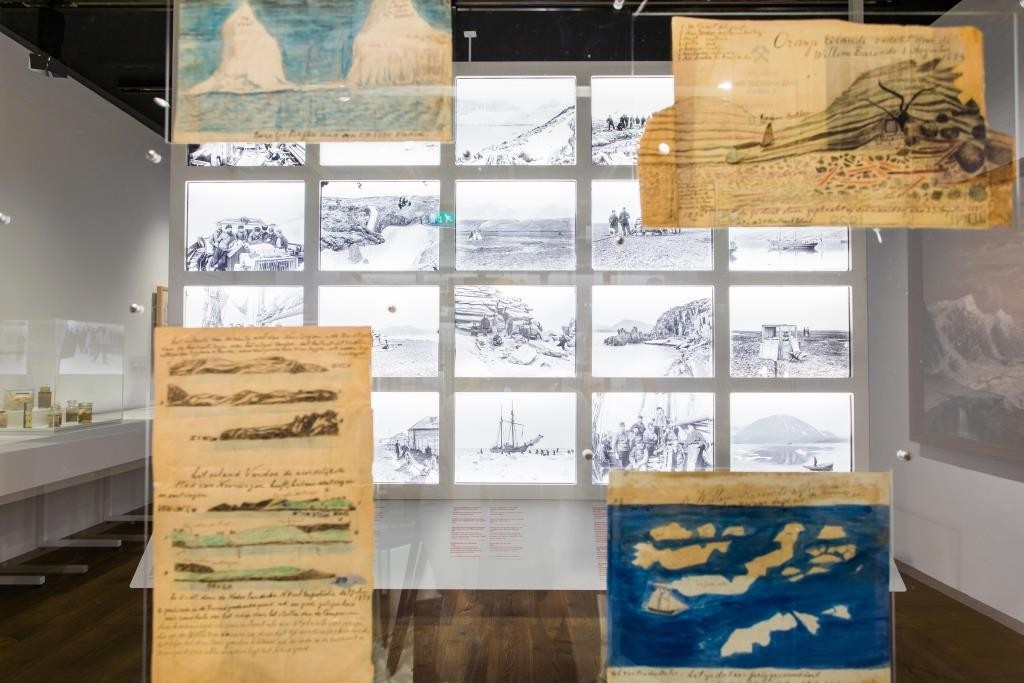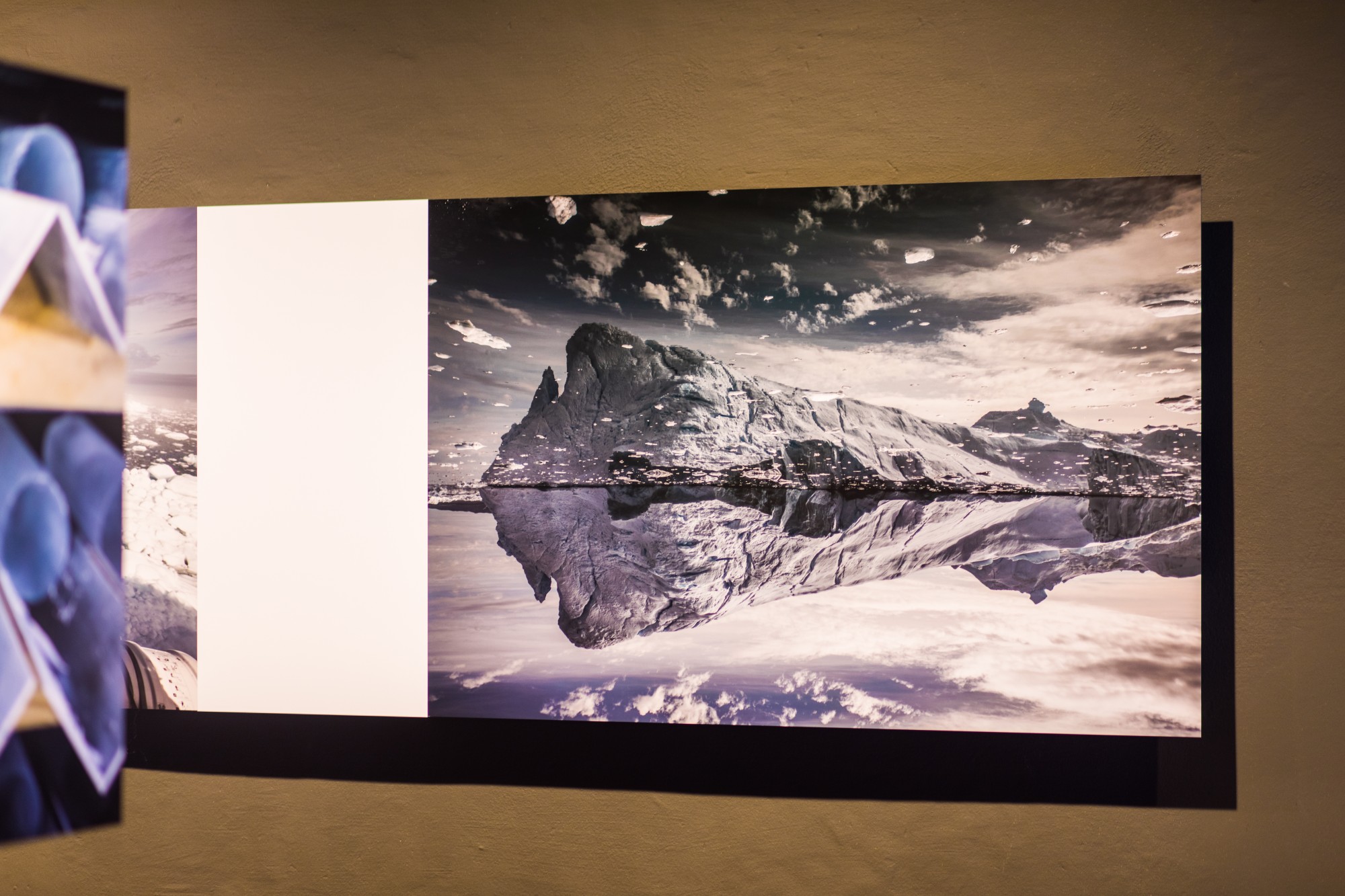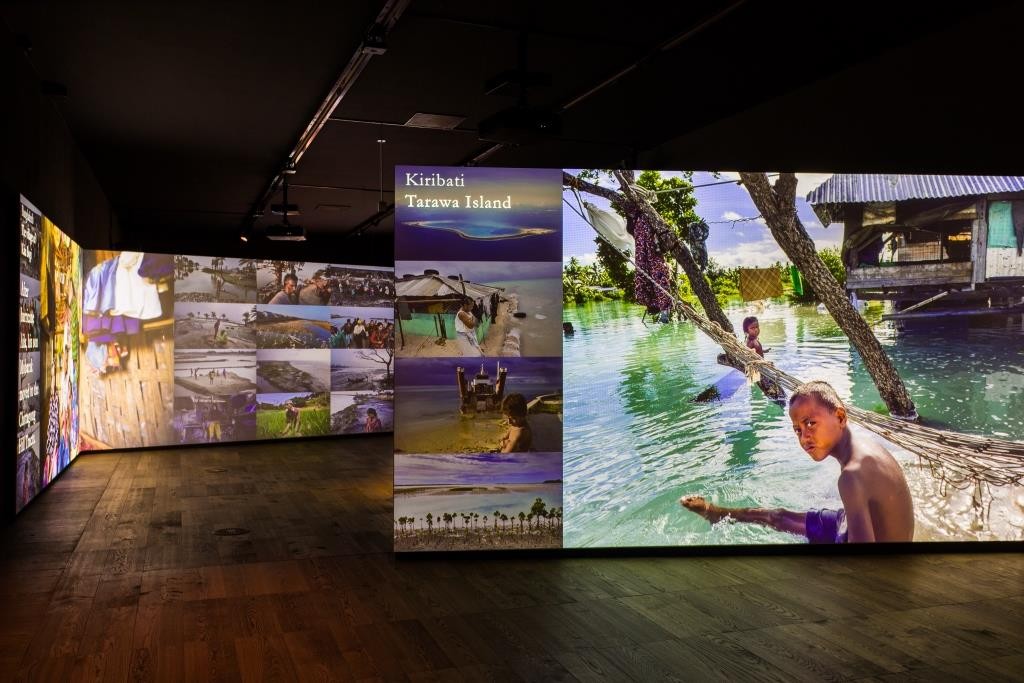Looking into the Past and Future of the Arctic
Two exhibitions are on show in the Maritime Museum in Amsterdam, each give their view on the North Pole. The Arctic Scramble exhibition takes a look at 400 years of Dutch expeditions to the North Pole, with Willem Barentsz leading the way in 1596. Photojournalist and filmmaker Kadir van Lohuizen gives us a wake-up call with his project Rising Tide, with beautiful but alarming images he shows us the consequences of climate crisis around the world and the impact on people that are directly affected by the rising water.

